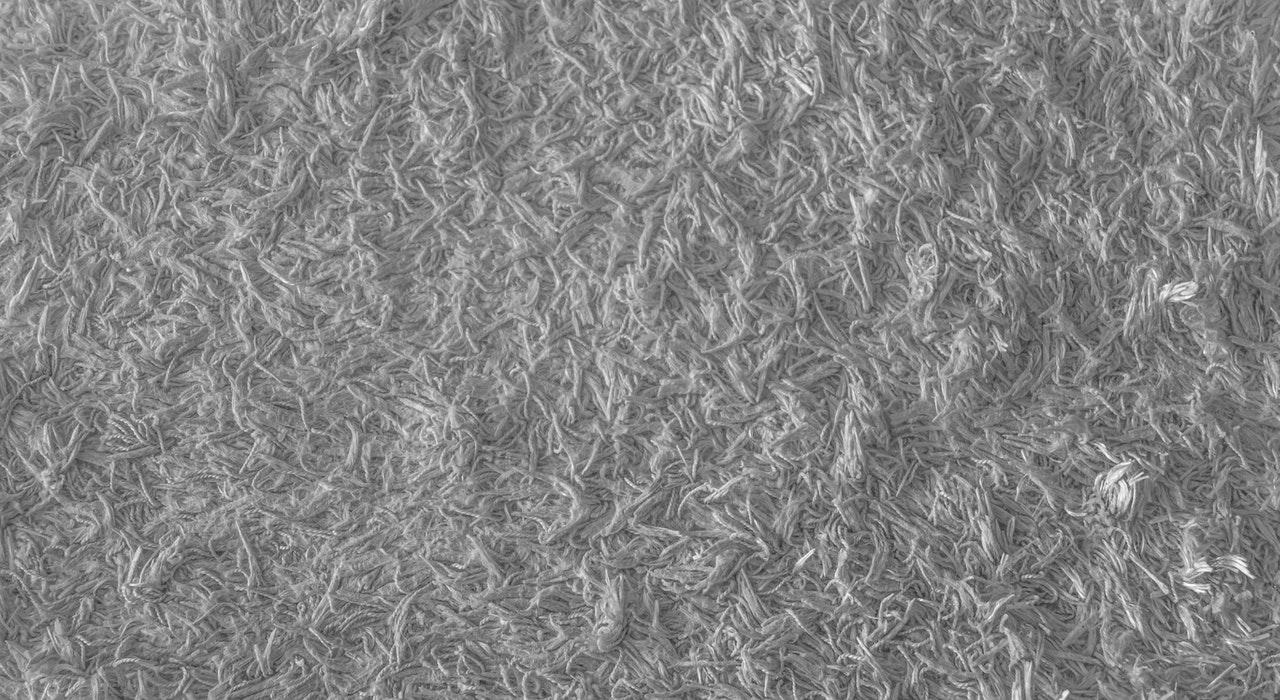
On July 30, 2020, the Patent Trial and Appeal Board (“Board”) reversed the Examiner’s obviousness rejection in Ex parte Lundberg. At issue was the meaning of the claim term “highly refined cellulose.”
Claim 1 of the application recited “[a] mixture consisting essentially of active probiotic agents stabilized by at least 1% by weight of highly refined cellulose fiber material with respect to the probiotic agents.” The Examiner rejected claim 1 as obvious over the combination of two references.
The Examiner relied on the primary reference for active probiotic agents and stabilized cellulose fiber material. The Examiner acknowledged that the primary reference did not characterize its cellulose as “highly refined cellulose” as recited in claim 1. However, the Examiner took the position that Appellant’s specification did not define the meaning of this term, and turned to the secondary reference to provide the meaning. The Examiner found that the type of cellulose in the primary reference fit within the meaning of “highly refined cellulose” provided by the secondary reference, and rejected claim 1 as obvious.
The Board disagreed. It found that Appellant’s specification provided a description of the term “highly refined cellulose” sufficient to exclude the cellulose of the primary reference. In particular, the Board found that the cellulose of the primary reference was a chemically modified cellulose (a cellulose ether) used as a coating for probiotics. The Board distinguished this chemically modified cellulose of the primary reference from the lengthy description of “highly refined cellulose” in Appellant’s specification. Accordingly, the Board found the Examiner’s interpretation of this claim term to be unreasonably broad, and reversed the Examiner’s obviousness rejection.
Finally, the Board also questioned the Examiner’s interpretation of the term “mixture” in claim 1. As mentioned above, the primary reference described its chemically modified cellulose as a coating for probiotics. Appellant argued that such a cellulose coating on a probiotic would not be a mixture of the cellulose and probiotic within the claimed meaning of “mixture.” The Board seemed to agree, noting that the Examiner had not addressed the question of “how is a coating upon a component a mixture of the coating and the component?” For this additional reason, the Board reversed the Examiner’s obviousness rejection.
Takeaway: During patent prosecution, the USPTO construes claim terms based on their broadest reasonable interpretation. However, this interpretation must be consistent with the specification. If an Examiner interprets a claim term in a broad way that is inconsistent with the specification, it can be a good strategy to challenge the Examiner’s interpretation, and appeal to the Board if necessary.
Judges: Timm, Smith, Franklin
by Matthew Barnet
Matthew E. Barnet, Ph.D., is a patent attorney and partner at Element IP. His practice focuses on patent procurement and client counseling, including expertise in validity and infringement opinions.
